BHG - In just a few days, when the clock strikes 0:00 on July 1, 2025, the new Tuyen Quang province, formed on the basis of merging the two provinces of Ha Giang and Tuyen Quang, will officially operate. At the same time, the 2-level local government model (province and commune) will come into operation. This is not only an administrative event but also a historical turning point, where new thinking leads the way, new momentum spreads, creating breakthrough development opportunities on the northernmost border strip of the Fatherland.
Great determination, swift action
On the morning of June 12, with 96.44% of delegates voting in favor, the National Assembly officially passed the Resolution on the arrangement of provincial-level administrative units in 2025. The Resolution took effect from June 12, reducing the number of provinces and cities nationwide from 63 to 34. Of which, Ha Giang province merged with Tuyen Quang province to form Tuyen Quang province, with the political and administrative center located in Tuyen Quang province.
 |
| Bac Quang District Party Committee mobilized clerical staff from schools to focus on editing files and completing preparations for the new administrative apparatus. |
Previously, right after Decision 759, dated April 14, 2025 of the Prime Minister approving the Project on rearranging administrative units at all levels and building a 2-level local government organization model, the two provinces quickly entered a state of high action. The Steering Committee for merging the two provinces of Tuyen Quang and Ha Giang, directly commanded by the top leaders of the two localities, operated under the motto: "Proactive, urgent, tight, effective". Specialized working groups on personnel, finance, public assets, institutions and communications raced against time, ensuring all stages of handover were smooth and ready for the new apparatus to operate. Ideological work was given top priority, especially in remote, isolated and border areas. 100% of cadres, party members and people had access to information in a timely, complete and transparent manner. The spirit of “leaving no one behind” has turned the initial concerns of cadres, party members and people into consensus, turning hesitation into the desire for innovation. Not only paying attention to the apparatus, the two provinces also pay special attention to the lives of cadres, civil servants and public employees after the merger. The plan for arranging and reorganizing workplaces, transferring work positions, and supporting policies for workers are built on the principle of harmonizing interests, creating high consensus.
In particular, the new province will operate under a two-tier local government model. “The new model places the commune at the center. Eliminating the intermediate district/city level is a big challenge but also an opportunity to eliminate intermediate levels, streamline the apparatus, improve the effectiveness and efficiency of state management and expand regional development space, bring the province's direction directly to the grassroots and grasp the thoughts and aspirations of the people in the most direct way,” said Standing Deputy Secretary of the Bac Quang District Party Committee Luong Tien Dung.
In Meo Vac district, people of three border communes Son Vi, Thuong Phung, and Xin Cai are working together to build a "common house" called Son Vi with the political and administrative center located in Xin Cai commune. Vice Chairman of Xin Cai Commune People's Committee, Duong Trong Thai, shared: At first, people were worried about the change of commune name and the loss of district level. After the merger of the province, the geographical distance made the worry even longer when Son Vi became the most remote border commune of Tuyen Quang province with a distance of up to nearly 330 km. But when we analyzed: The provincial capital may be further away, but the government will be closer to the people. The policy of merging the province and abolishing the district level goes hand in hand with decentralization and strong empowerment of the grassroots. The new commune will have abundant resources and broader authority to solve all problems on the spot. From initial concerns, people turned to high consensus and began to see opportunities for development. This will be a solid foundation to build a large, unified and comprehensively developed "Tuyen Quang house".
Continue writing bright future
Tuyen Quang – “The Resistance Capital” is home to many revolutionary relics, closely associated with the nation’s journey to fight for independence. Meanwhile, Ha Giang, the northernmost point, is considered a solid “fence” of the Fatherland, notable for the Dong Van Karst Plateau UNESCO Global Geopark, the sacred Lung Cu National Flagpole or cultural heritages imbued with the identities of the ethnic groups. On one side is the cradle of revolution, on the other side is a sovereignty landmark – that connection is not only geographical but also deeply connected by historical depth, the steadfast tradition of building and defending the country of the people of the two provinces.
 |
The new province has created a "boost" to help highland specialties enter the broader value chain, elevating local brands. In photo: People of Nam Ty commune, Hoang Su Phi harvest Shan Tuyet tea. |
The merger of Ha Giang and Tuyen Quang provinces created a new administrative entity with an area of nearly 13,800 km² and a population of nearly 1.9 million people. According to Provincial Party Secretary Hau A Lenh, the new province after the merger has 124 commune-level administrative units, not only gathering more than 30 ethnic groups living together, creating a diverse and rich cultural picture, but also owning the 6th largest area in the country. In particular, this is the only locality in the country with a border adjacent to the two provinces of Yunnan and Guangxi of China, with a total length of more than 277 km - second only to Cao Bang province. With a strategic location and rich natural resources, the (new) Tuyen Quang province has all the elements to become a "golden land" for the development of green economy, tourism, agriculture - forestry and renewable energy. From Sanh oranges, Shan Tuyet tea to Na Hang – Lam Binh eco-tourism, Dong Van Stone Plateau... all are blending into a unique "symphony" of development, both preserving traditional values and moving towards a modern and sustainable future.
The atmosphere of preparation for the unification day is spreading throughout communes, wards and towns. From the administrative center to the remote villages, people are beginning to believe in a new model: Streamlined, convenient and with more open development opportunities. Former Chairman of the People's Committee of Ha Giang province, Trieu Duc Thanh shared: After 15 years of unification, in August 1991, in response to practical requirements and revolutionary tasks in the new period, the National Assembly decided to divide Ha Tuyen into two provinces, Ha Giang and Tuyen Quang. Over the past three decades, the two provinces have completed their historical mission in the period of independent development. And now, the reunification is not a return to the past but a continuation of inheritance and elevation to go further, stronger with greater stature, scale and aspirations in the new era.
Education cannot “take off” on a weak socio-economic foundation. Distant transportation and lack of healthcare are the biggest barriers holding back students’ dreams and the development of people in disadvantaged areas. Therefore, when the province first operates, I expect a strategic vision, a breakthrough push, and strong investment priorities in places that really need support,” said Mr. Duong Van Pao, Vice Principal of ATK Tan Trao High School (Son Duong District, Tuyen Quang). According to him, a drastic policy, synchronous modernization of Transportation - Healthcare - Education will not only solve the “bottlenecks” but also create a solid foundation for the younger generation to study, start a business and contribute to their homeland. When opportunities are spread evenly, the desire to rise up will no longer be limited by geography.
With nearly 30 years of experience in transportation and agricultural processing in Tuyen Quang province, Mr. Bui Tu Trung, Director of Sao Viet Tuyen Quang Company Limited, deeply understands the geographical barriers and cost burdens that businesses face. Mr. Trung shared with great hope: “The Tuyen Quang - Ha Giang expressway is expected to open to traffic in 2025, along with the policy of merging the two provinces, not only unifying the traffic arteries but also opening up a unified and large development space, helping businesses reduce logistics costs, expand investment space and connect product value chains from highlands to lowlands. The merger is a strategic lever, helping to resonate the strengths of the two localities, creating new development forces, for a common prosperous future”.
July 1st is approaching, marking the historic moment when Ha Giang and Tuyen Quang provinces enter a new era, an era of cooperation, innovation and development. This is also the beginning of a new journey for the two-level local government. From the sacred Lung Cu Flagpole to the historic Tuyen Quang citadel, a common belief is spreading strongly, the belief in a new prosperous and happy province with a streamlined, efficient and closer-to-the-people apparatus than ever before.
Article and photos: THU PHUONG
Source: https://baohagiang.vn/xa-hoi/202506/san-sang-cho-thoi-khac-lich-su-tinh-moi-tu-duy-moi-khi-the-moi-42811a6/








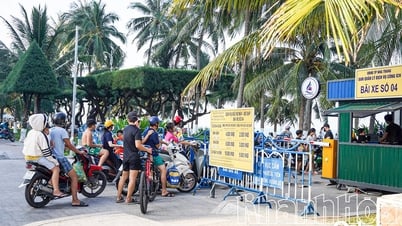


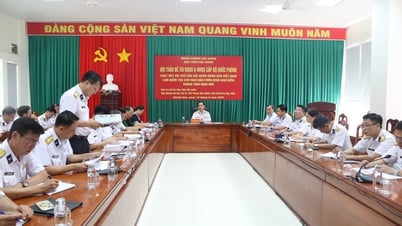




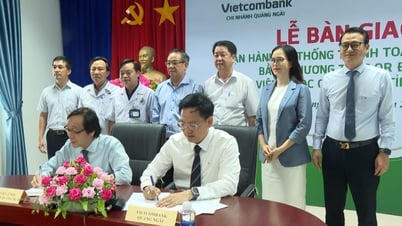





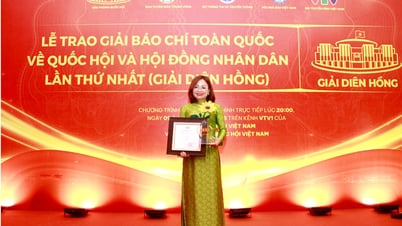



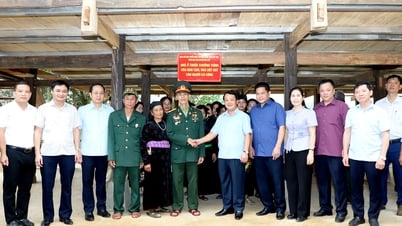
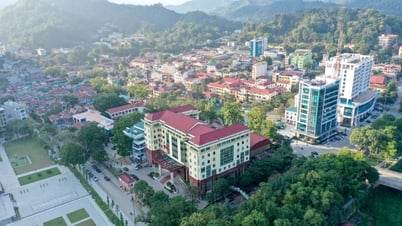


















































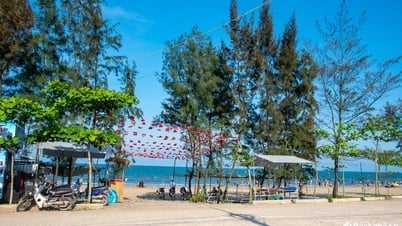















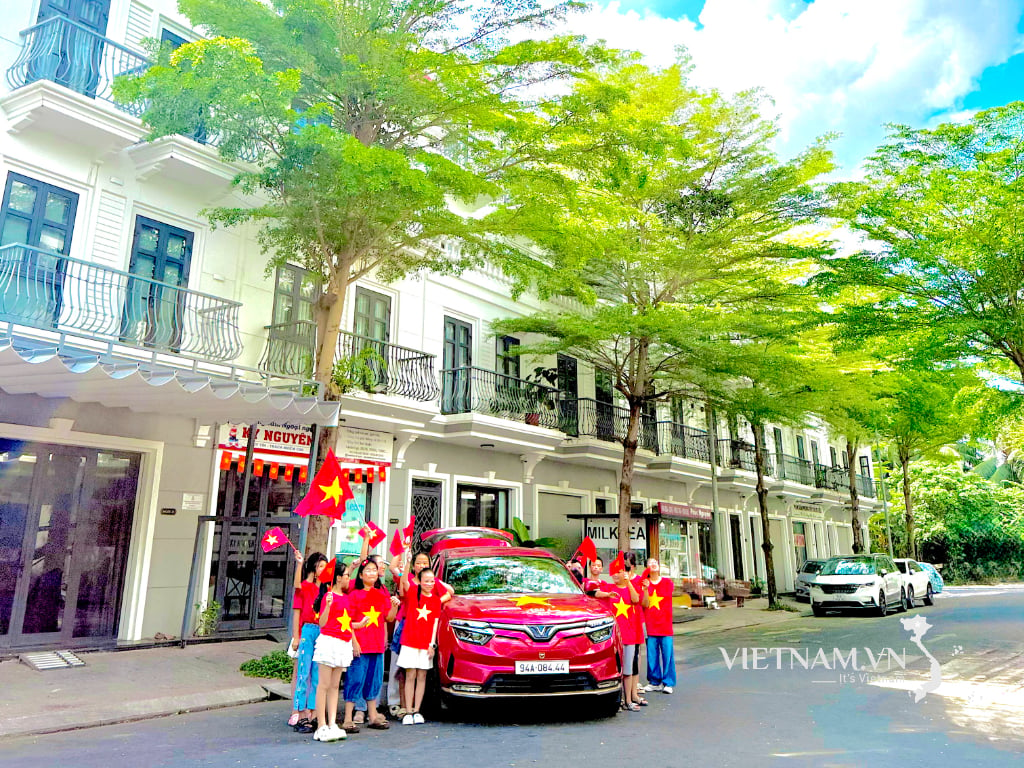


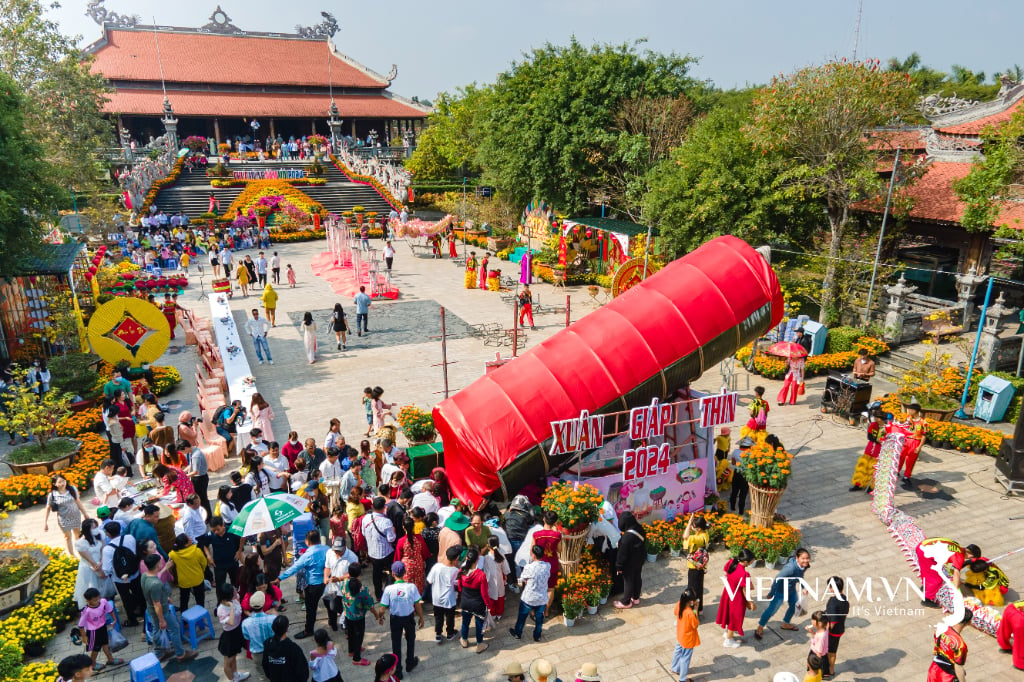
Comment (0)